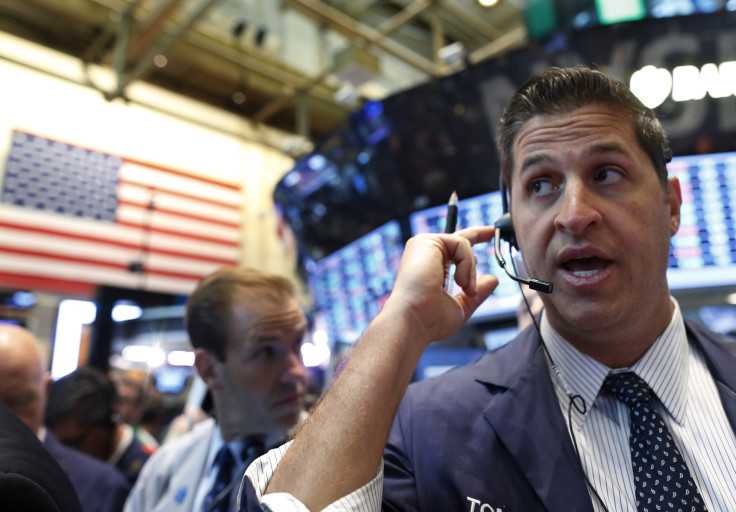US Markets Shrug-Off Massive Sell-Off On Japan’s Nikkei Thursday Morning, Suggesting Asia's Plunge Is Regional

U.S. traders Thursday morning appeared to have shrugged off losses seen in international markets after all three major indices declined by only a fraction of the fall seen in Asia.
Within the first two hours of trading, the Dow Jones Industrial Average was down about 60 points or 0.50 percent, the Nasdaq was down 14 points (0.41 percent), and the S&P 500 was down 12 points (0.75 percent).
Compare that to Asia, where the Nikkei plunged more than 7 percent, the Hong Kong market fell more than 2.5 percent and the Singapore bourse retreated 1.77 percent.
The declines in Asia were related to two bits of market-moving news: a slowdown in manufacturing in China and, more significantly, comments made Wednesday by Federal Reserve Chairman Ben Bernanke that suggested the U.S. government’s aggressive bond-buying program might be coming to an end.
European markets were down about 2.5 percent across the board, and at least part of that had to do with the release of the monthly Markit Economics report, which showed private sector activity in the 17-country euro zone contracting in May. The London benchmark index was down 2.53 percent while Frankfurt was down 2.59 percent and Paris was down 2.26 percent.
The most significant movement in U.S. markets seen Thursday morning was the fall in the benchmark 10-year Treasury yields from their highest level since March, despite a higher-than-forecast fall in jobless claims. The yield on 10-year notes dropped 0.02 percentage point, to 2.02 percent, at 10:41 a.m. New York time, according to Bloomberg Bond Trader data.
It seems, at least from the behavior of U.S. stocks on Thursday morning, that the fallout of the losses in Asia and Europe have been largely contained. Further, U.S. investors early Thursday appeared to weigh the Asian market sell-off versus a steady stream of encouraging news about the domestic economy.
While the U.S. economy is not experiencing robust growth, its housing and auto sectors are expanding, and the labor market is healing, albeit incrementally. Investors received another sign Thursday confirming the latter trend, as initial jobless claims fell 23,000 to 340,000, suggesting that while companies are not hiring in the "Roaring '90s" style, they are not cutting jobs either.
Given that many economists agree the current workforce's productivity is now at a maximum, it could point to further hiring down the road, which would be good news for U.S. stocks.
As of late May, U.S. investors appear to be saying, "It will take more than Fed Chairman Ben Bernanke hinting about reducing monetary stimulus to have us sell U.S. stocks, wholesale."
© Copyright IBTimes 2024. All rights reserved.






















